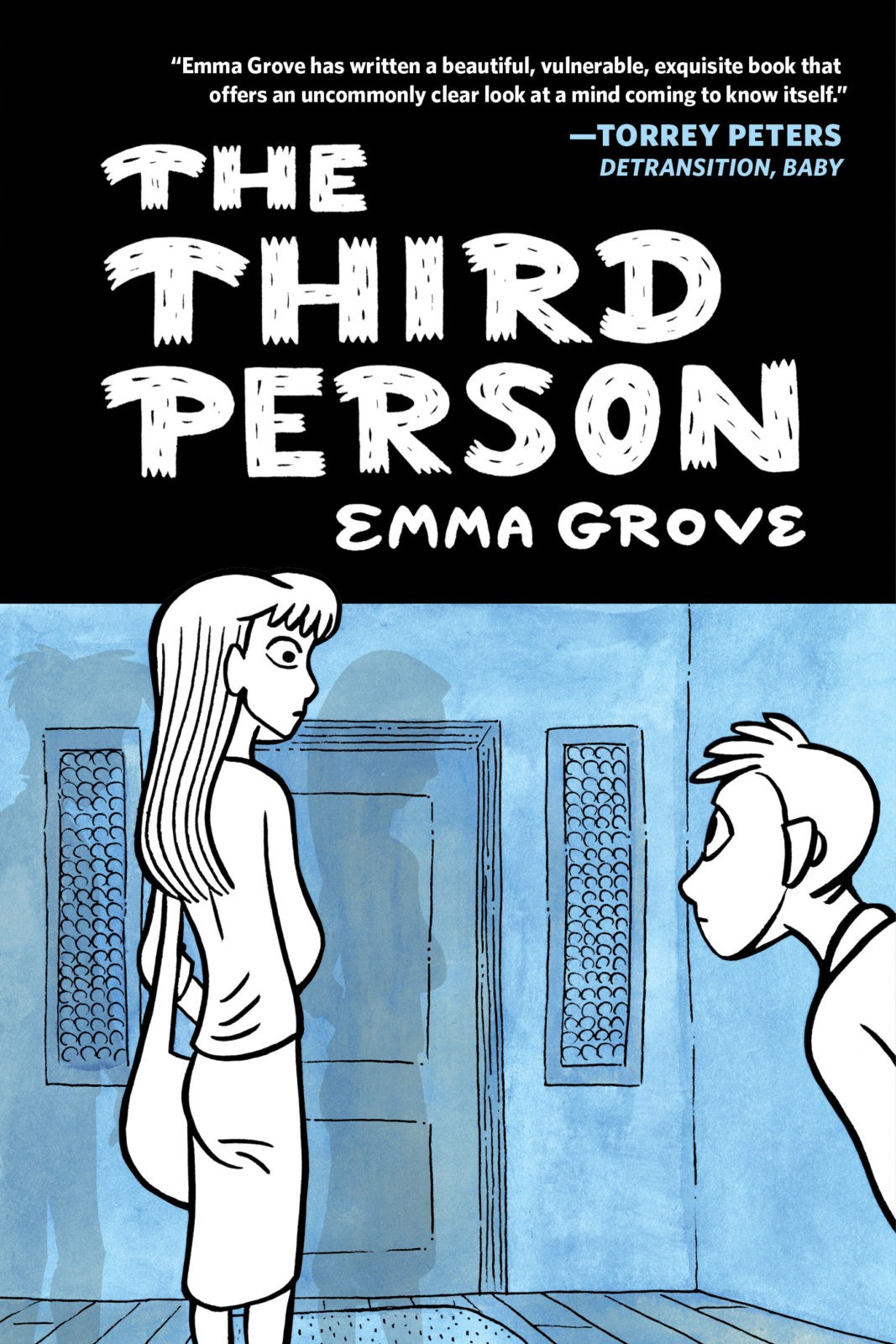
Mulvey even suggested elsewhere that there’s a kind of transsexuality to the female spectator within the male gaze when she misrecognizes herself in the male protagonist. Plenty of screen theory also plays out what spectatorship is like for cis women, or for gay people. That she might be castrating is not desirable-at least for the male gaze of a straight cis man. She might take it from him! That she is castrated is desirable.


But this pleasure is undercut by an anxiety: the woman he desires is desirable because, in Freudian language, she lacks something. The male gaze sees through the male protagonist on the screen, misrecognizing itself through his conquests of worlds and women. Cinema offers the particular pleasure of that desire in seeing without being seen. For Mulvey, the spectator’s point of view is structured by heterosexual male desire. 1 Her examples are all from classic Hollywood cinema, but the term has a wider application. In a much-cited essay “Visual Pleasure and Narrative Cinema,” Laura Mulvey gave us a useful way of thinking about how we see: the male gaze.


 0 kommentar(er)
0 kommentar(er)
